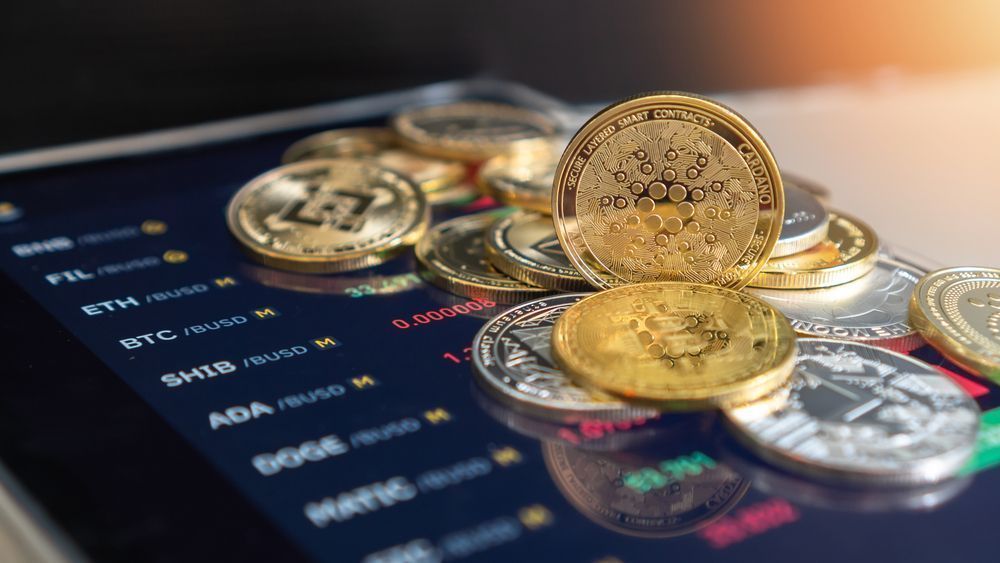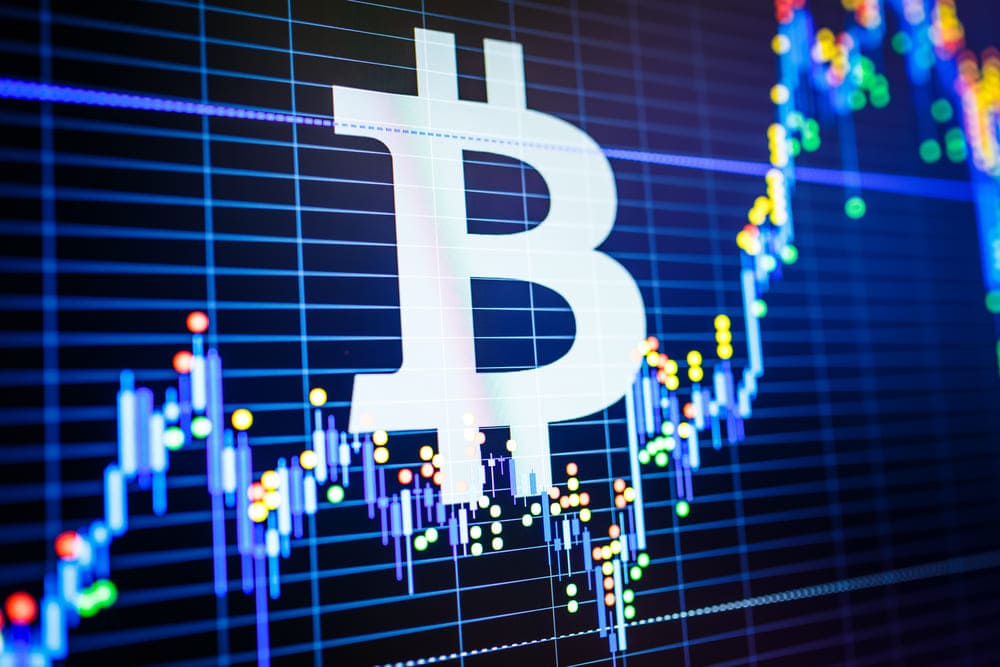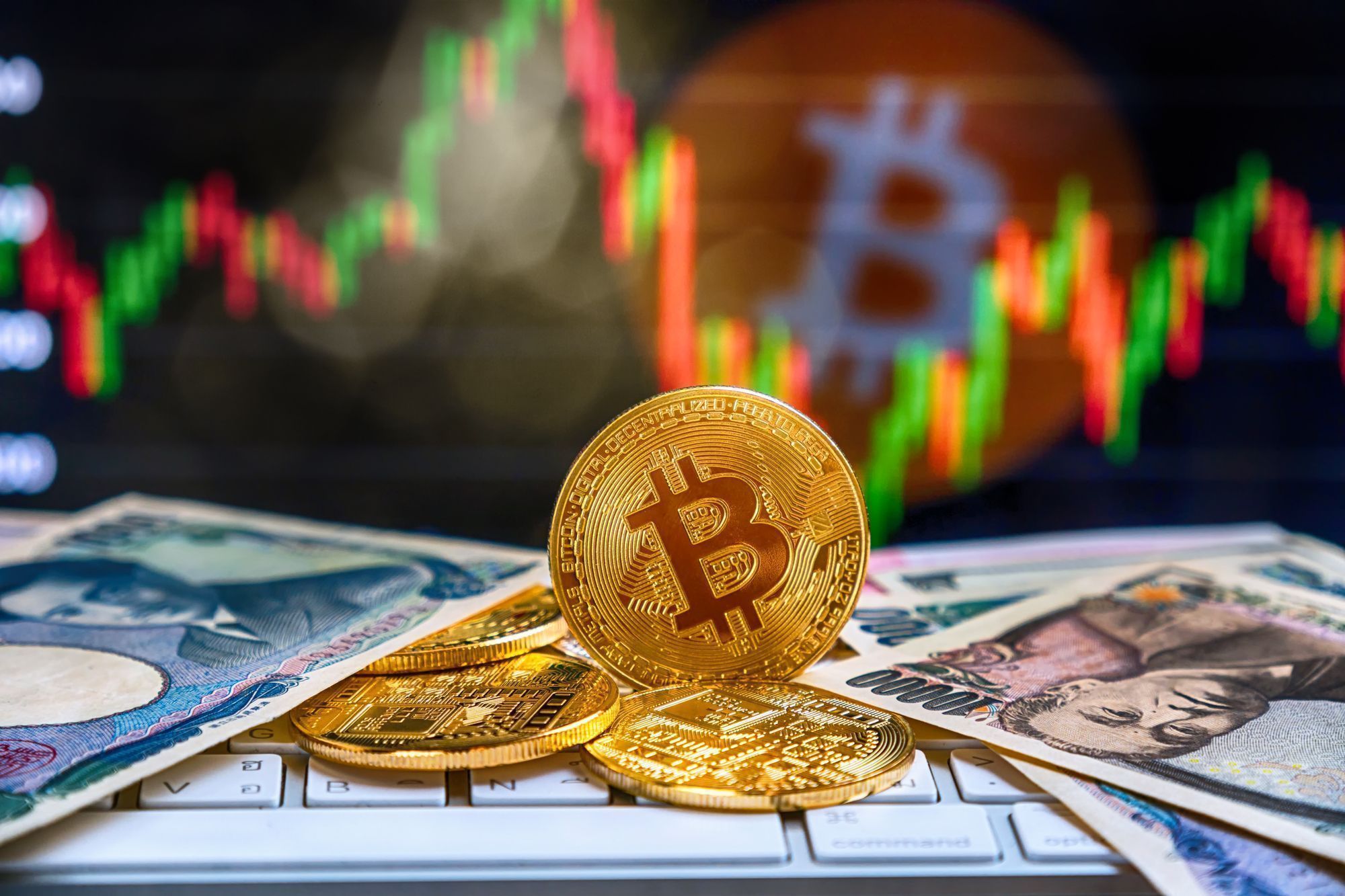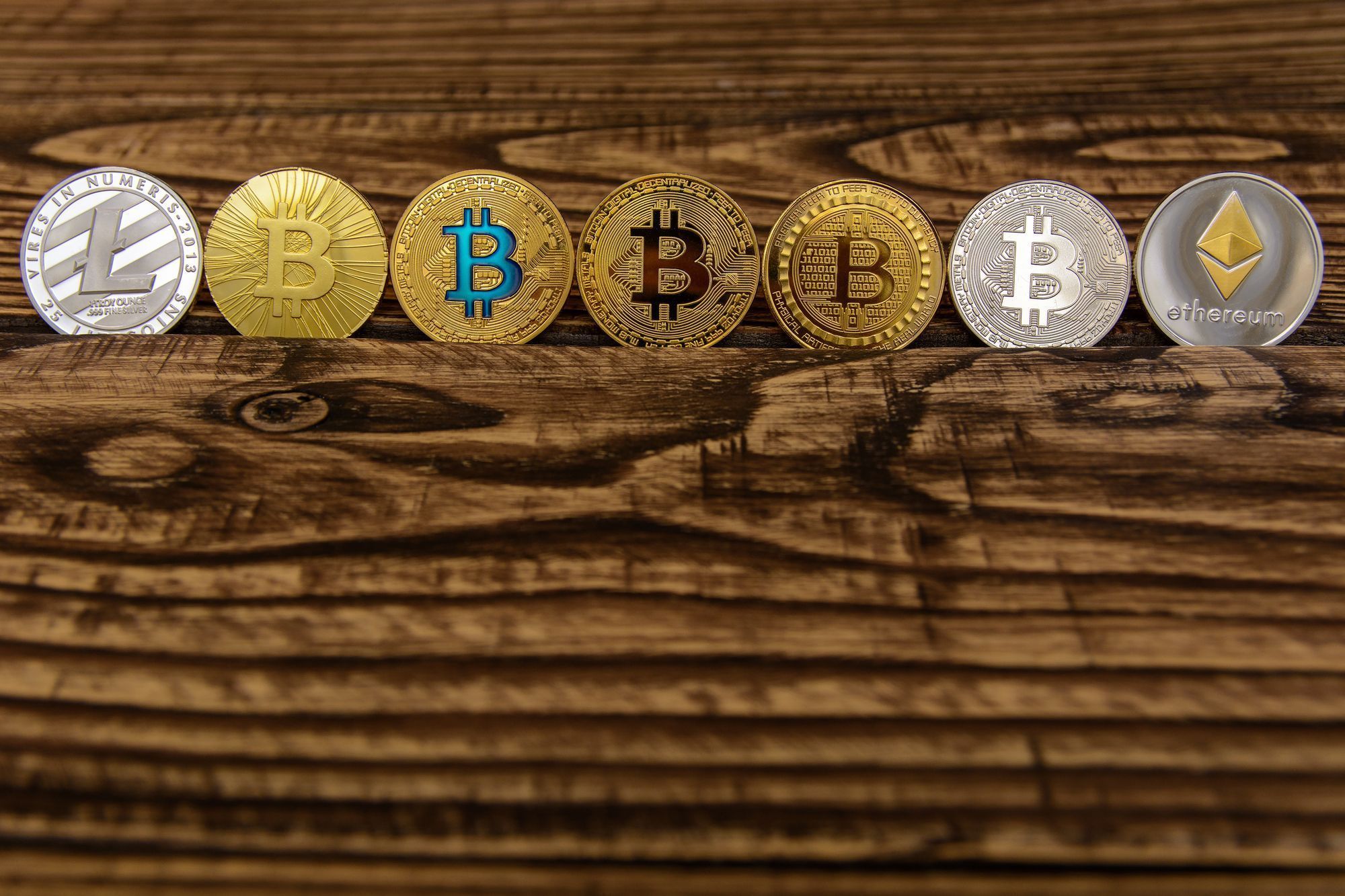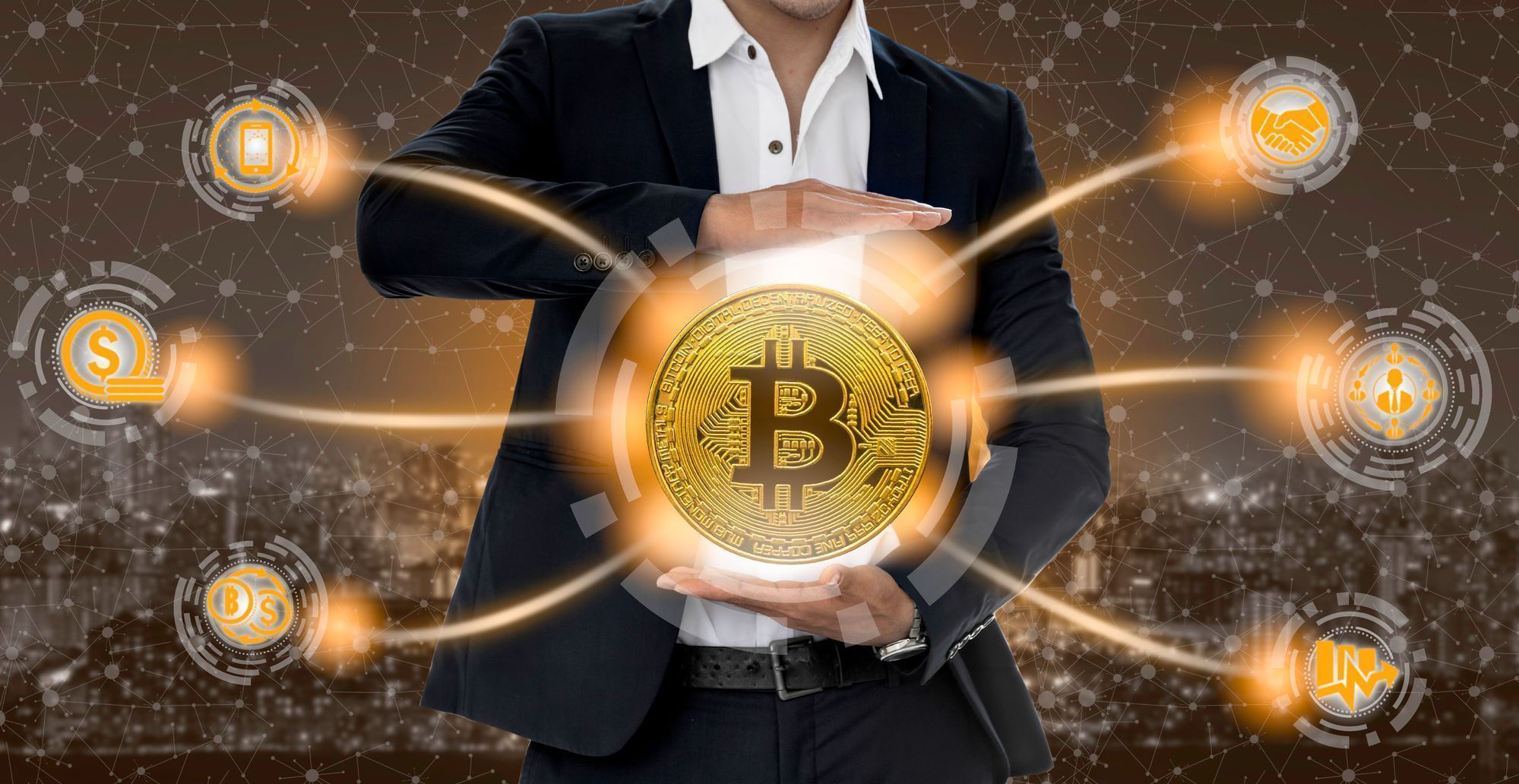What Is Shiba Inu? Can Shiba Reach $1? SHIB Price Analysis and Forecast

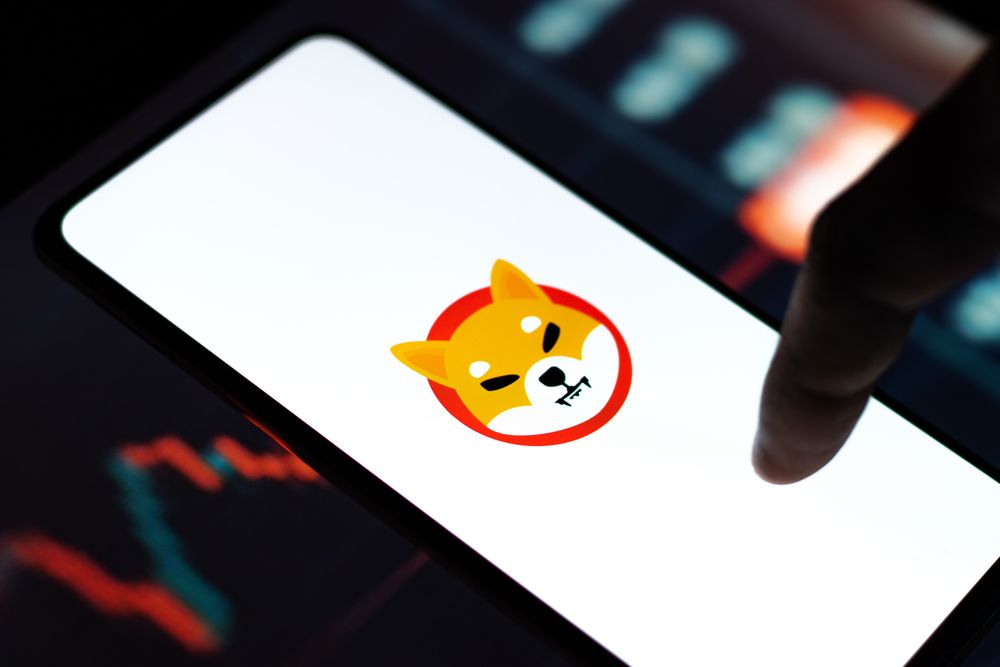
Shiba Inu Latest News
TradingKey - On October 11, 2025, the crypto market suffered a major crash known as the "1011 event". Shiba Inu (SHIB) plunged more than 40% that day, bottoming near $0.000064, approaching its 2023 lows. The shock further dented SHIB investor confidence and even sparked fears the token could go to zero.
This article analyzes Shiba Inu’s project positioning, technology and ecosystem (Shibarium), historical price behavior, drivers, and forecasts, and answers the most pressing investor questions: Will SHIB rise again? How to invest in SHIB?
What Is Shiba Inu?
Shiba Inu, named after the Japanese dog breed, trades under the ticker SHIB and began as a MEME coin. It was created in 2020 by an anonymous developer known as Ryoshi.
SHIB uses the Shiba Inu motif and was initially designed as a community-driven ERC‑20 token with an enormous supply and very low unit price. Its huge supply and tiny unit price quickly attracted media and community attention.
Shiba Inu Ecosystem Applications
Shiba Inu has evolved beyond a simple meme coin into a multi-component ecosystem covering a Layer‑2, DeFi, DEX, DAO, NFT, and metaverse stack.
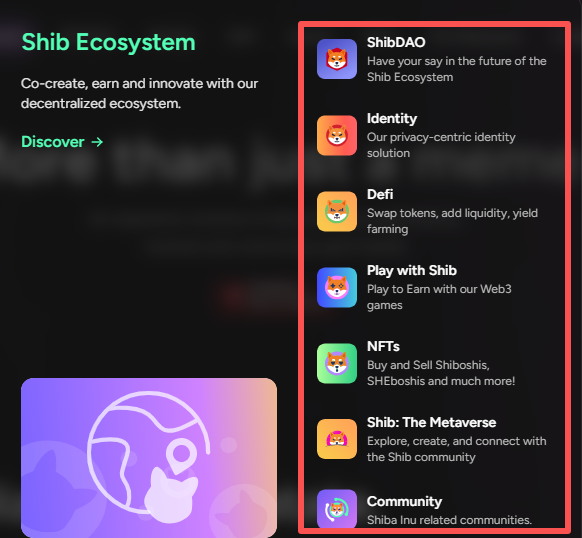 Shiba Ecosystem – Source: shib.io.
Shiba Ecosystem – Source: shib.io.
Key products and roles:
Component | Token / Product | Function and Use | Main Feature |
Layer 2 | Shibarium | Lower fees, support DApps | Ethereum-based Layer 2 solution |
Decentralized Exchange | ShibaSwap | Trading, liquidity mining, staking | AMM, liquidity pools, yield farming |
NFT | SHIBOSHIS / Marketplace | Minting, trading, collector economy | Community-driven NFT series |
Bridges & Cross-chain | Shibarium Bridge / other bridges | Cross-chain asset transfers | Supports SHIB and other tokens |
Wallets & Tools | Shiboshis Wallet / third-party wallets | Storage, trading, DApp interaction | Native Shibarium and ERC‑20 support |
Payments & Integrations | Merchant plugins / partnerships | Accept SHIB payments offline | Community-driven merchant adoption |
Ecosystem Fund & Incubation | Shiba incubator / grants | Project funding, dev support | Supports new DApps and tooling |
SHIB Tokenomics
Unlike most single- or dual-token systems, Shiba Inu uses a three-token model: SHIB, BONE, and LEASH, with SHIB as the core circulating token.
SHIB is the base currency of the ecosystem with a massive total supply but includes burn mechanisms to ease circulation pressure:
Item | Details |
Token | SHIB |
Standard | ERC‑20 |
Initial Total Supply | 1,000,000,000,000,000 (1 quadrillion) |
Current Circulating Supply | 589 trillion |
Founder Allocation | 50% (500 trillion) initially sent to Vitalik Buterin |
Deflation/Burn Mechanisms | Vitalik burned 90% of his SHIB in May 2021; community burns via ShibaSwap and Shibarium fees |
Main Uses | In-ecosystem payments, DeFi incentives, liquidity mining, NFT trading, community activities |
Market Position | Current market cap over $6.2B, ranking ~22nd in crypto market |
How SHIB Differs from Dogecoin
Shiba Inu was created to emulate and compete with Dogecoin and has been marketed with slogans like "Dogecoin Killer." Key differences:
Attribute | Shiba (SHIB) | Dogecoin (DOGE) |
Launch Year | 2020 | 2013 |
Origin & Founders | Anonymous Ryoshi, community-driven | Billy Markus & Jackson Palmer, originally a joke |
Blockchain | Ethereum mainnet (cross-chain to Layer 2) | Dogecoin chain (Litecoin-like) |
Max Supply | Initially 1 quadrillion; large but reduced by burns | No cap; continuous inflation |
Monetary Policy | No fixed cap; burn mechanisms aim to reduce supply | Ongoing issuance; inflationary |
Positioning | From meme to ecosystem | P2P micro-payments and tipping |
Fees & Speed | Ethereum mainnet fees; lower cost on Layer 2 | Low fees, faster than Ethereum mainnet |
Community | Strong marketing and NFT-driven culture | Longstanding meme culture, broad retail base |
Risk Profile | Huge supply, narrative-dependent, execution risk | Inflationary issuance, sentiment-driven |
SHIB Historical Price Review
Phases of SHIB’s price history:
- Silent Birth to Near-Zero (Aug 2020 – Apr 2021): Low liquidity, trading near zero among a small group of crypto enthusiasts.
- Epic Surge and the “Vitalik Effect” (May 2021): Meme frenzy, exchange listings, Vitalik’s large burn — SHIB jumped to $0.00003528.
- Peak and Golden Era (Oct 2021): Continued meme hype, ShibaSwap launch; SHIB reached an all-time high of $0.00008845 on Oct 28, 2021.
- Long Bear Market and Bubble Burst (Nov 2021 – 2022): Market-wide downturn; SHIB retraced over 90%, hitting lows near $0.00000582.
- Struggle, Rebound, and Ecosystem Building (2023 – 2025): BTC rebounds and selective rallies; SHIB recovered to mid ranges but remained below prior peaks.
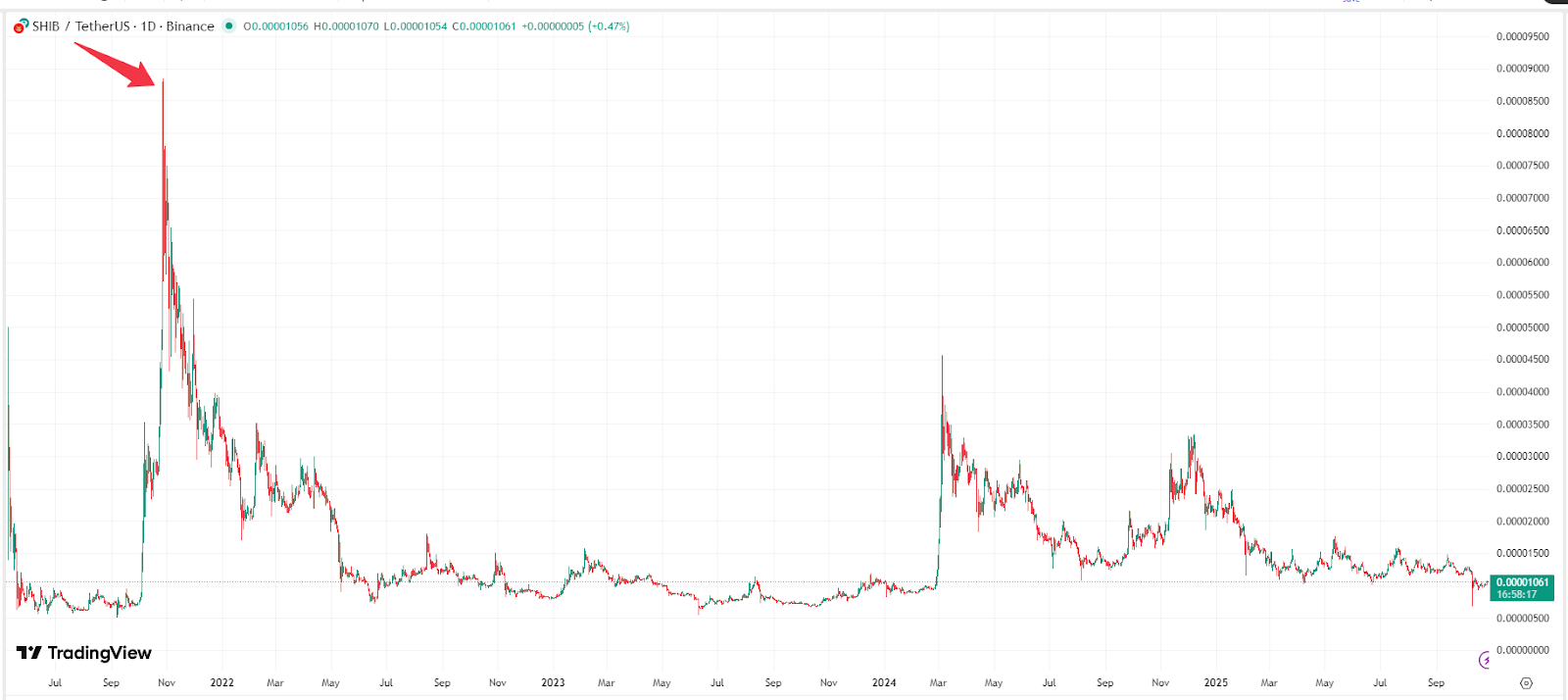 SHIB Price Chart – Source: TradingView.
SHIB Price Chart – Source: TradingView.
What Drives SHIB Price Movements?
SHIB’s historical volatility is driven by four main factors: market cycles, meme momentum, ecosystem development, and token burns. Market cycles and meme waves often ignite moves; sustained gains depend on ecosystem utility and burn intensity.
- 2021 bull market and meme momentum lifted SHIB.
- 2022 FTX collapse dragged SHIB down with the broader market.
- 2024–2025 positive triggers — Bitcoin halving, political shifts, and strategic reserve recognition — helped reignite rallies.
Overall, SHIB often tracks the broader market; unique upside requires compelling ecosystem adoption or major burn events.
Can SHIB Reach $1?
Emotionally, the community wants a $1 SHIB, but mathematically and financially that probability is effectively zero given the current supply. With ~589 trillion SHIB in circulation, a $1 price would imply a market cap of $589 trillion — far larger than the combined value of global equities, real estate, and gold.
A theoretical path to $1 would require an unprecedented >99% supply burn to reduce circulating supply to around 1 trillion tokens, giving a $1T market cap at $1 each — still extremely large relative to current crypto market caps. Presently, cumulative burns are far below 1% of the original supply, so a $1 target is unrealistic without an extraordinary one-off burn.
Investors should focus on realistic price ranges. After the "1011 event" SHIB briefly dipped below $0.00001 and has since recovered above that level, forming the tail of a descending triangle that could precede an upward rebound.
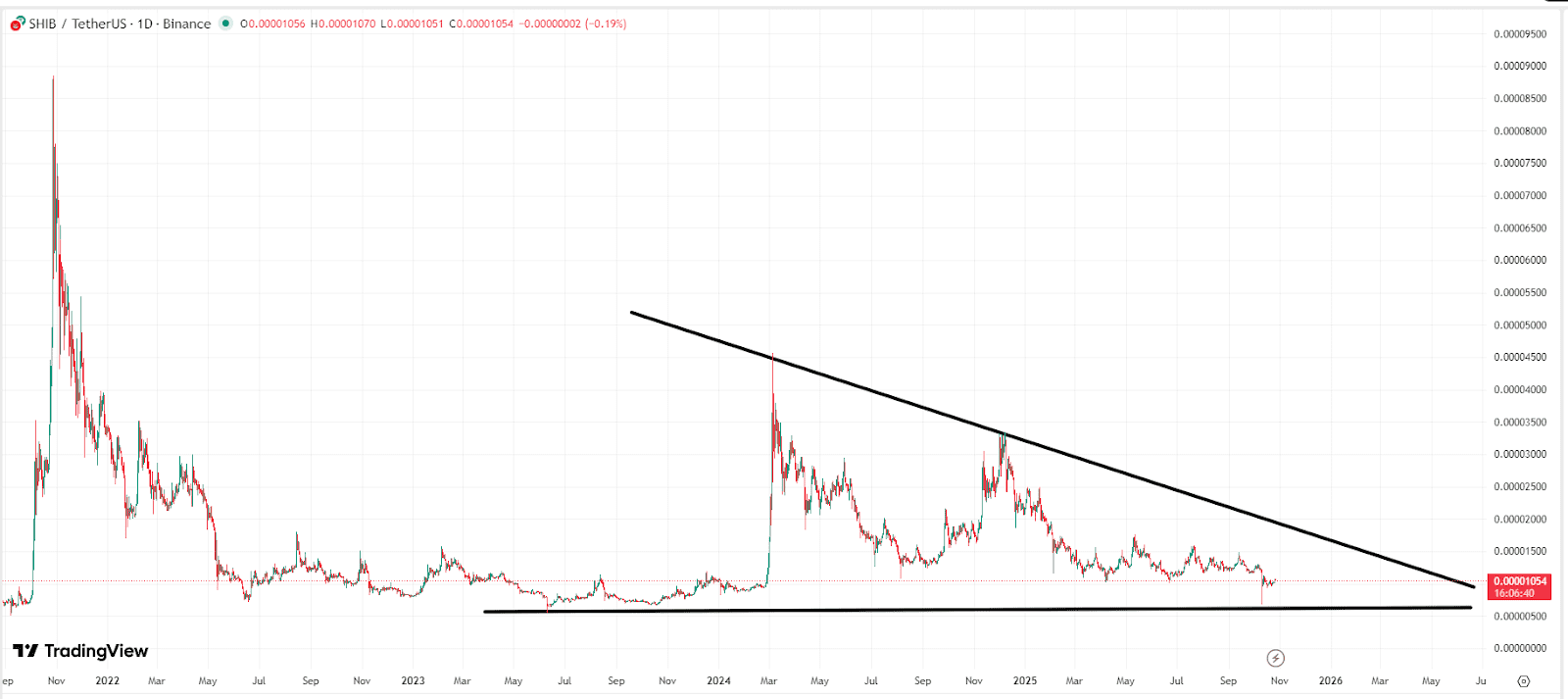 SHIB Price Chart – Source: TradingView.
SHIB Price Chart – Source: TradingView.
At present, SHIB lacks major idiosyncratic catalysts; future upside will likely depend on Fed rate cuts or SEC approvals that lift the whole crypto market. A practical bull-run peak for the next cycle might be around $0.00009; with significant SHIB-specific positive news, targets above $0.0001 become possible.
How to Buy and Sell SHIB
Two main avenues: centralized exchanges (CEX) and decentralized exchanges (DEX).
Option 1: Centralized Exchanges — Simple and quick (recommended for beginners) Popular global exchanges supporting SHIB: Binance(BNB), Coinbase, Bybit, OKX.
Process:
- Register and verify on the exchange.
- Deposit fiat or stablecoins.
- Buy SHIB directly in the trading interface.
Option 2: Decentralized Exchanges — Experience Web3 (for experienced users) Use Uniswap, PancakeSwap, ShibaSwap via a crypto wallet (MetaMask, Trust Wallet).
Process:
- Create and back up your wallet (secure your seed phrase).
- Buy ETH or stablecoins on a CEX and withdraw to your wallet.
- Connect the wallet to a DEX and swap ETH or stablecoins for SHIB.
Conclusion
Shiba Inu represents a novel asset class: born as a pure meme coin but evolving into an ecosystem with practical applications. SHIB’s future success depends on continued ecosystem development and effective deflationary mechanisms. Institutions generally see medium- to long-term growth potential, especially if DeFi, NFTs, and Web3 adoption keep expanding. With stable regulation and looser liquidity, SHIB could retest previous highs or set new records.
FAQ
Q: How much SHIB has been burned?
A: To date, approximately 411 trillion SHIB have been removed from circulation (including Vitalik’s burn), roughly 41% of the original 1 quadrillion supply.
Q: Is SHIB worth investing in?
A: SHIB is fundamentally a meme coin and a highly speculative asset with a high risk/high reward profile. It is not recommended as a core holding for risk‑averse investors. Traders or speculators comfortable with volatility may allocate a small, well‑risk‑managed position.
Q: Could SHIB go to zero?
A: As a top‑30 market cap token and a mainstream meme coin, the probability of SHIB going to zero is low but not impossible. Extreme black‑swan events — major hacks, severe regulatory crackdowns, or platform collapses — could result in catastrophic losses, as seen in prior crypto failures.


